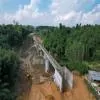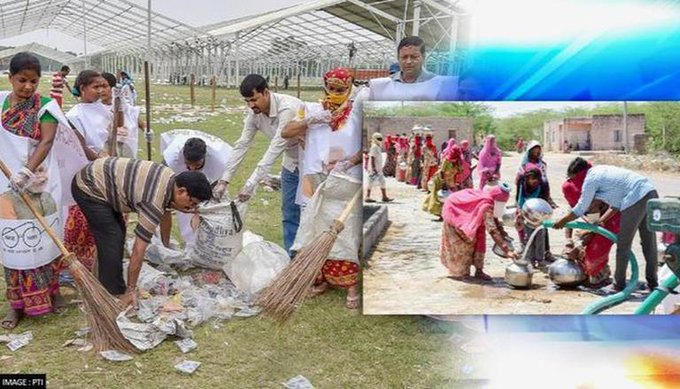
SBM (U) 2.0, AMRUT 2.0 to make cities garbage-free and water-secure

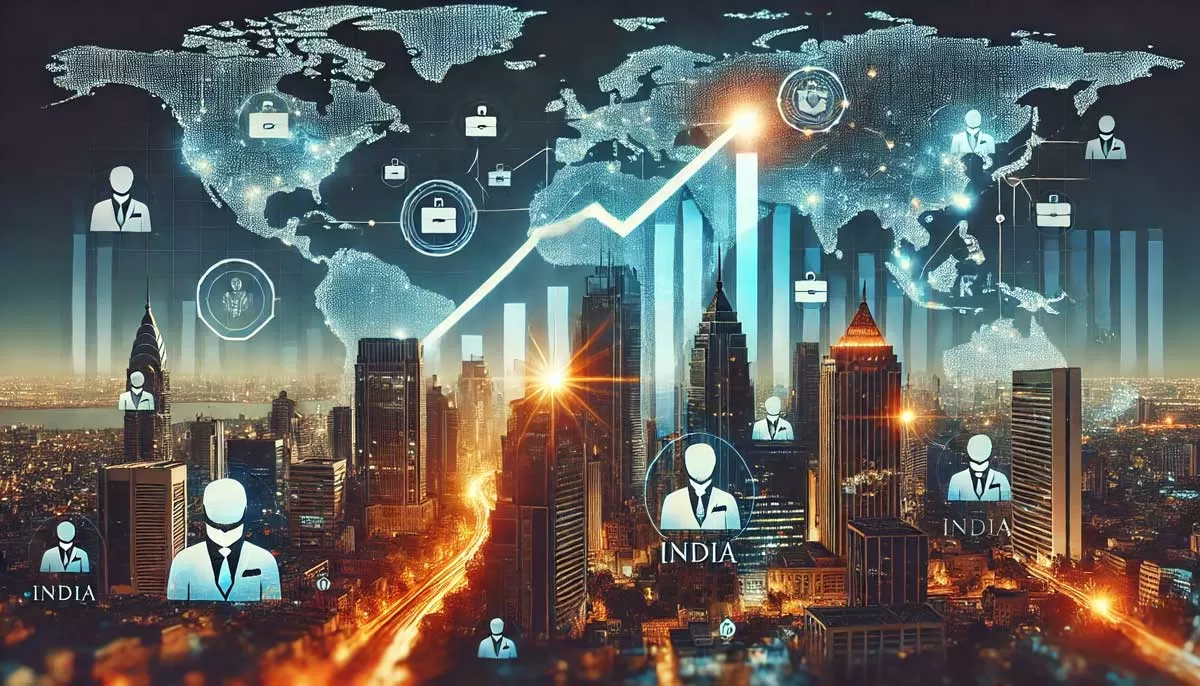
GCCs to create 4.25-4.5 lakh jobs in 2024, 1 million by 2030: NLB
GCC 4.0 is expected to create 4.25–4.5 lakh new jobs this year, with 35 per cent of GCCs eyeing 50-100 per cent workforce expansion, says, ‘India’s Talent Takeoff-The GCC 4.0 story’ report by NLB Services, a leading global technology and digital talent solutions provider. The report is an in-depth analysis of hiring trends in the GCC segment for CY2025 and the outlook till CY2030. The report states that fuelled by its vast skilled workforce and supportive policies, India has emerged as the top GCC destination, and GCCs are expected to generate 1 million jobs in the next six years...
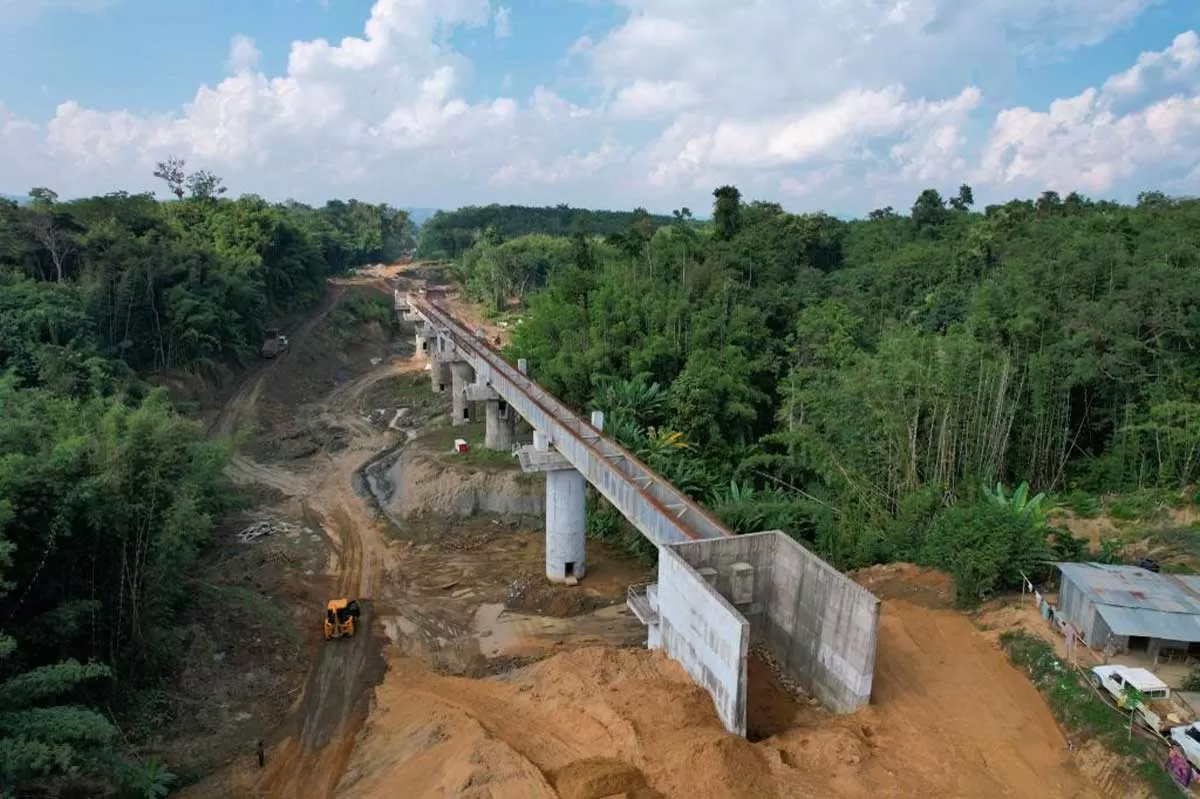
Northeast Rail Infra Gets Rs 104.4 Billion Boost
According to a report in The Assam Tribune, the Indian Railways has allocated Rs 104.4 billion (bn) to enhance railway infrastructure in the Northeast as part of the Rs 2,650 bn Union Budget 2025-26 provision. This investment is over five times the Rs 21.22 bn annual average from 2009-2014.The increased budget will support new railway lines, track renewals, traffic facilities, road safety works, bridge development, and customer amenities. Since 2014, 1,824 km of new railway tracks have been laid, exceeding Sri Lanka’s total rail network. Additionally, 478 new flyovers and underpasses have be..
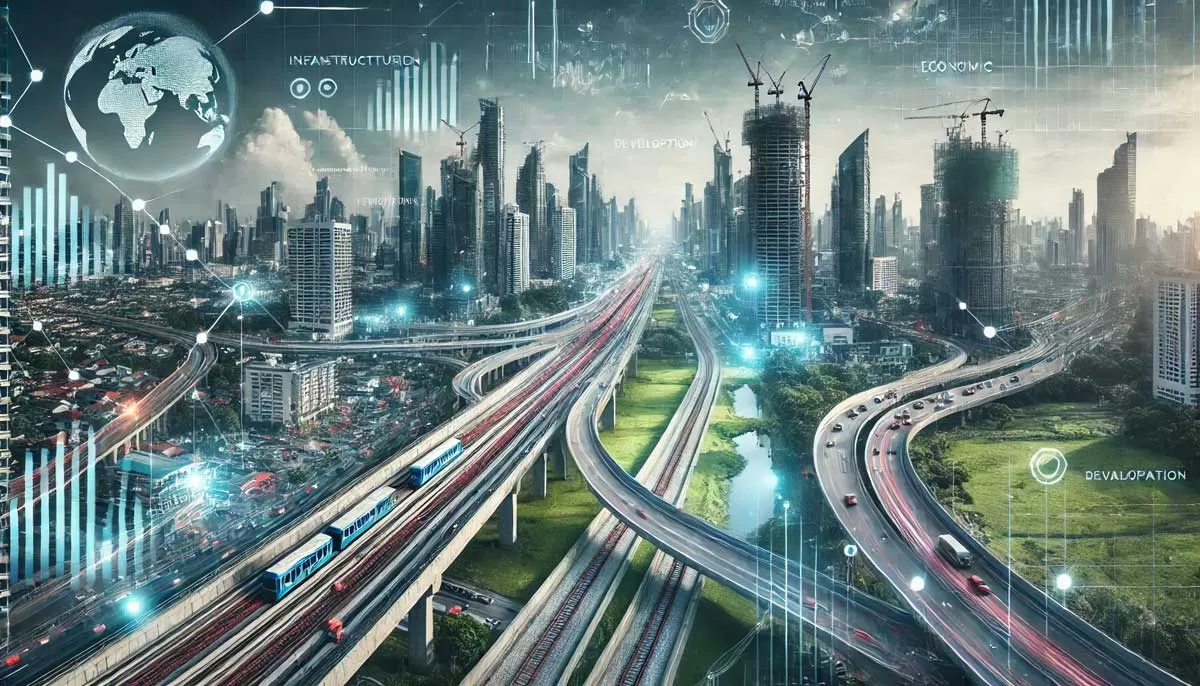
Maharashtra Sets Up Panel for MMR Growth Hub
According to a government resolution, Maharashtra has formed a nine-member Project Management Unit (PMU) to implement NITI Aayog’s recommendations for transforming the Mumbai Metropolitan Region (MMR) into a $300 billion economy by 2030 from its current $140 billion.The PMU, led by the additional chief secretary of the housing department, includes officials from transport, planning, urban development, Slum Rehabilitation Authority, Mumbai Port Trust, Konkan division, and a representative from the Institute for Sustainability, Employment and Growth. Its role includes executing NITI Aayog’s ..




